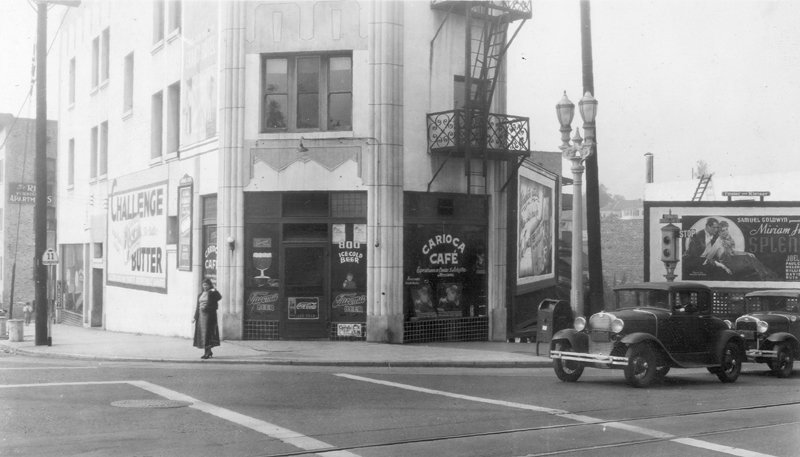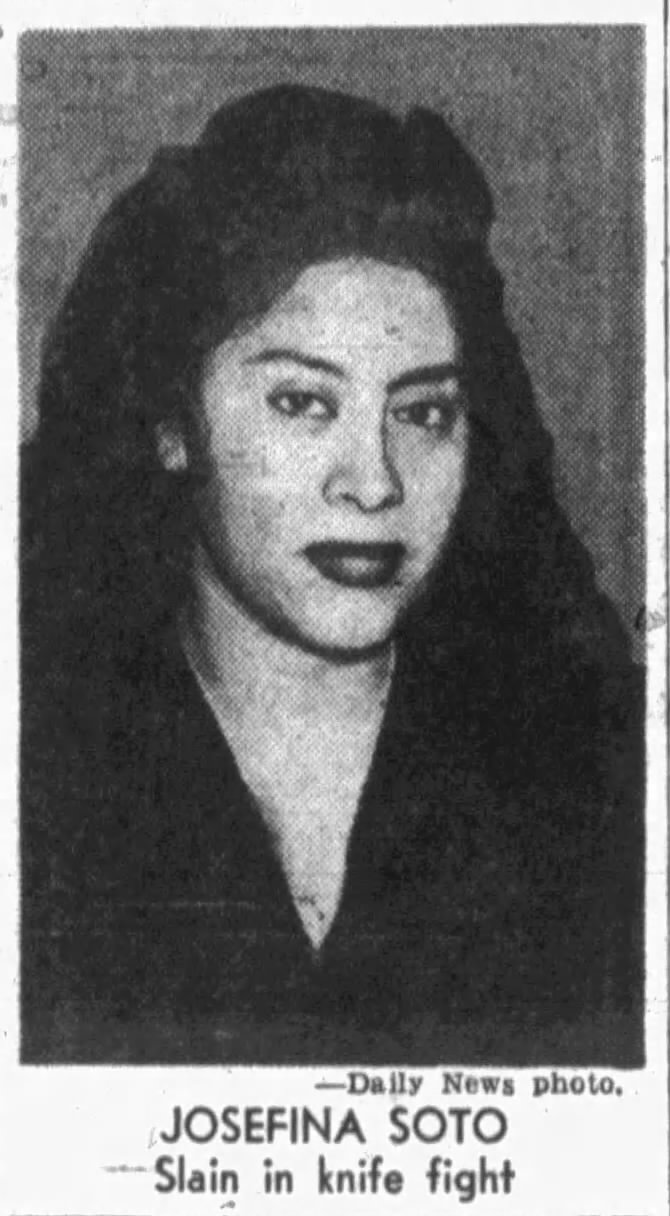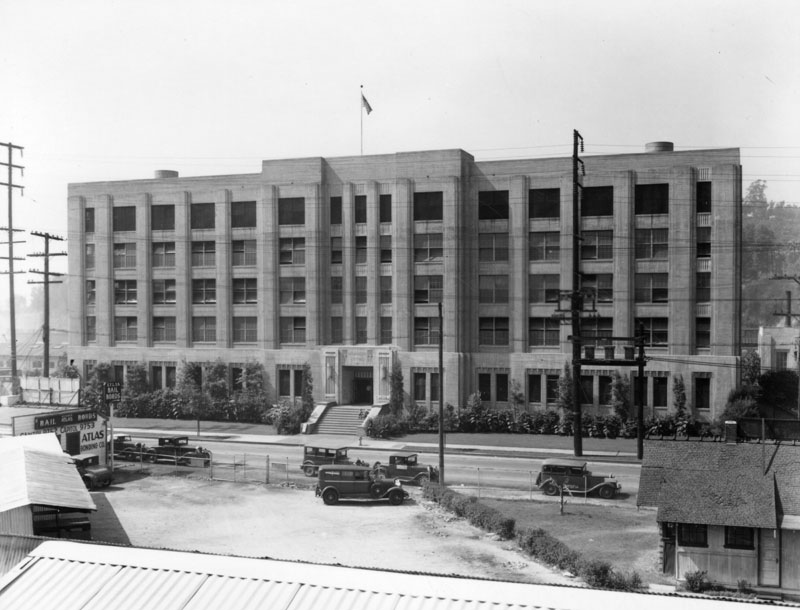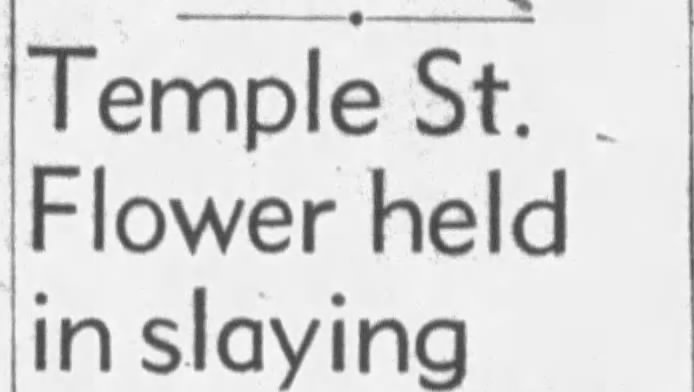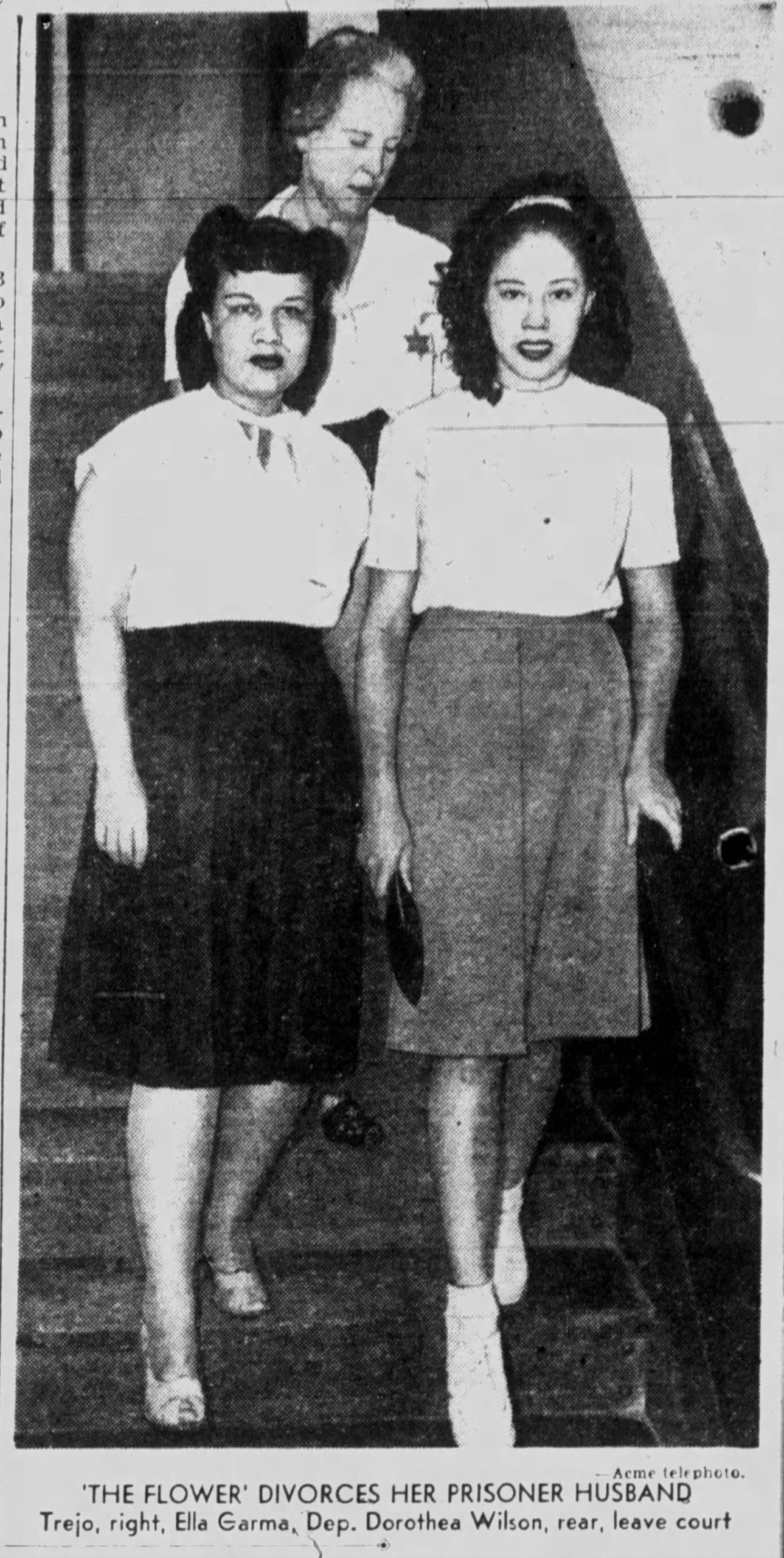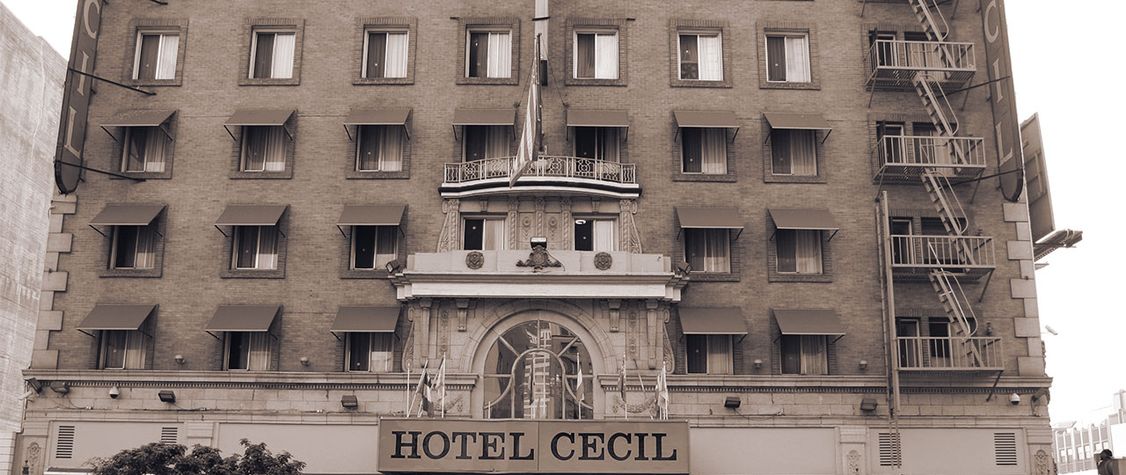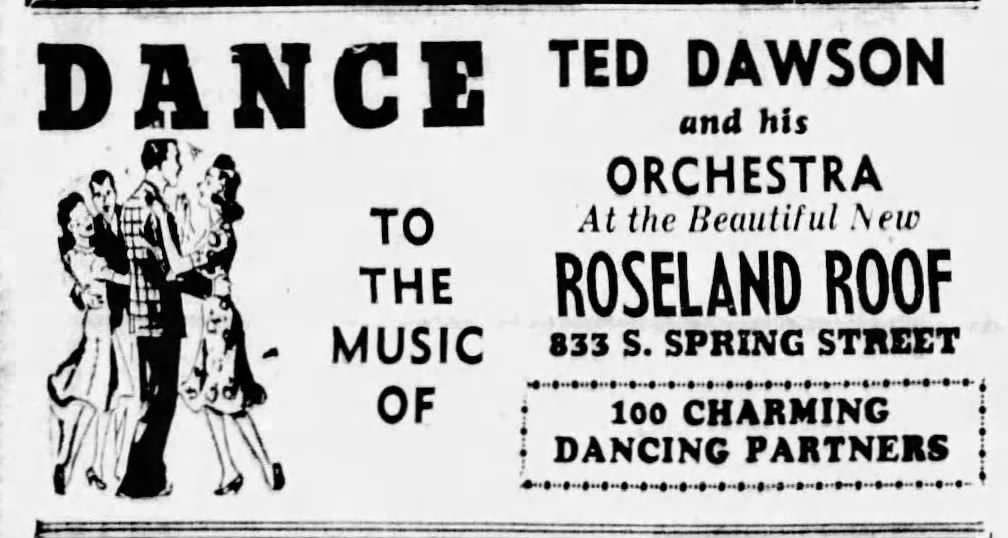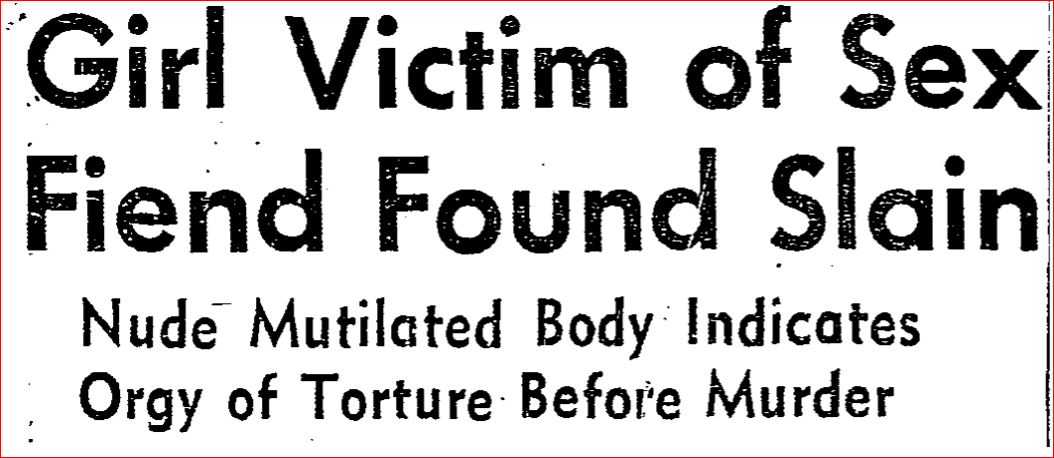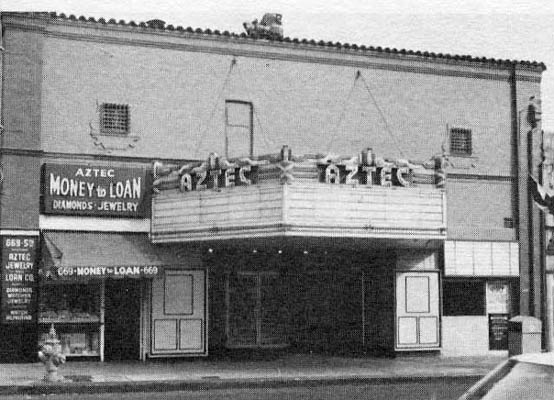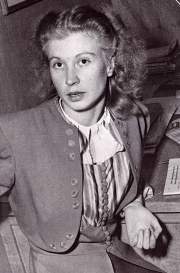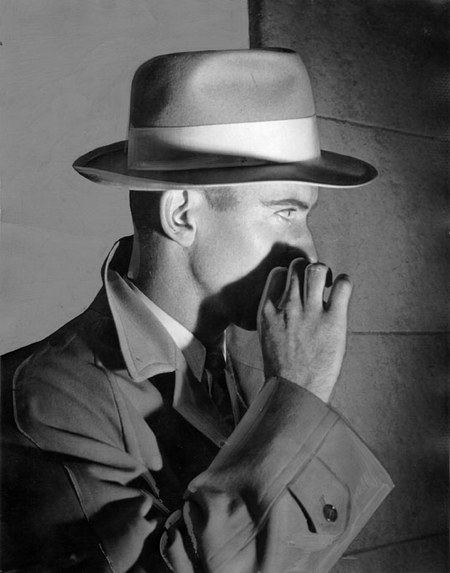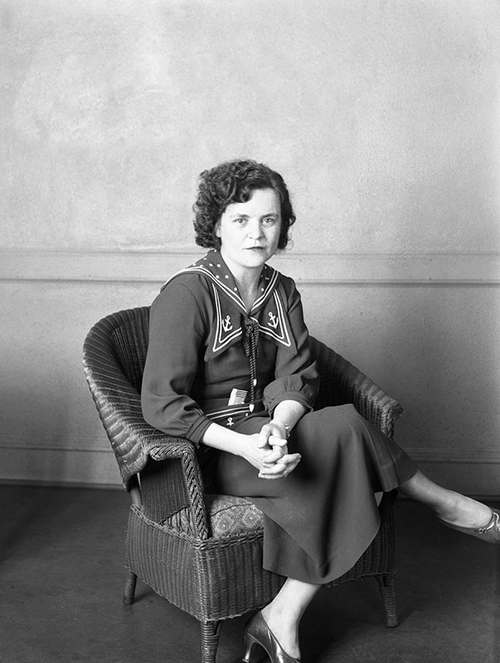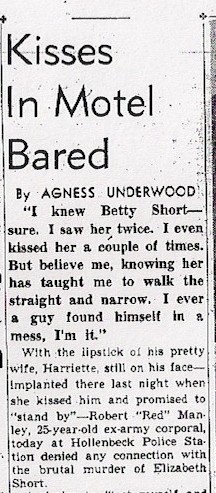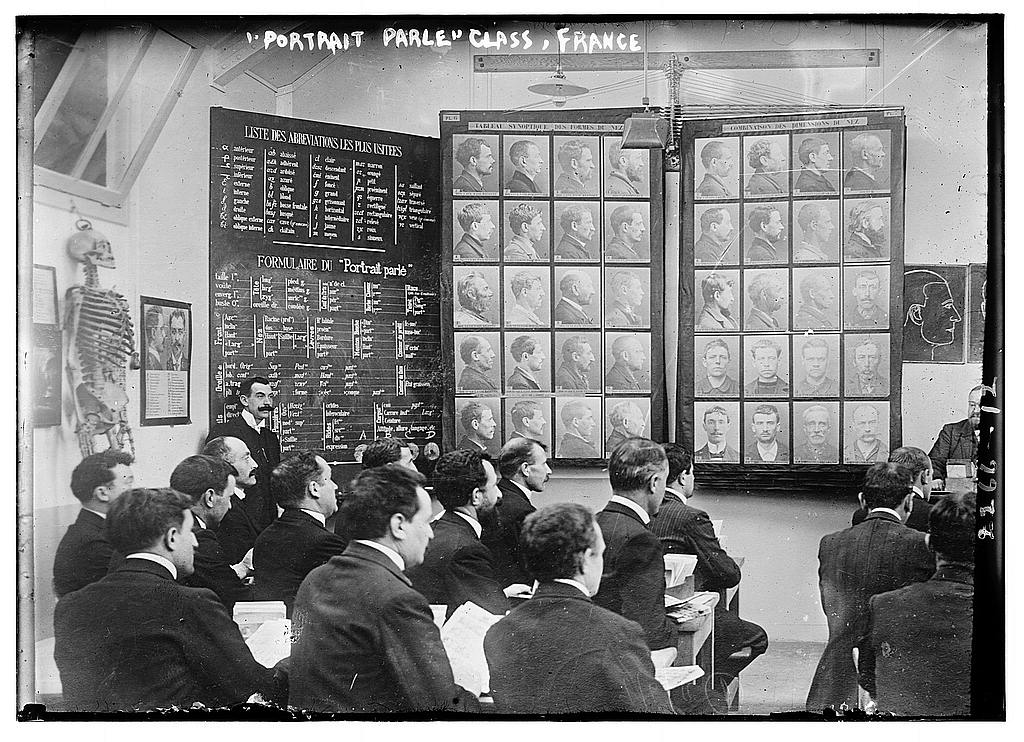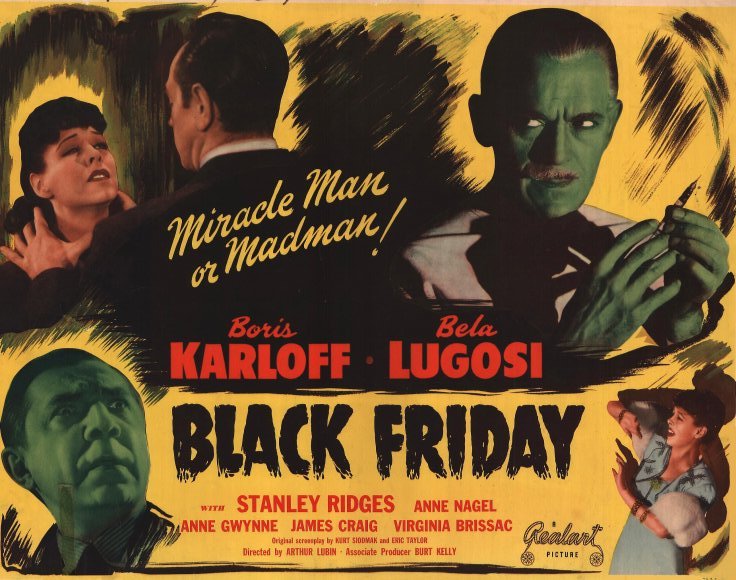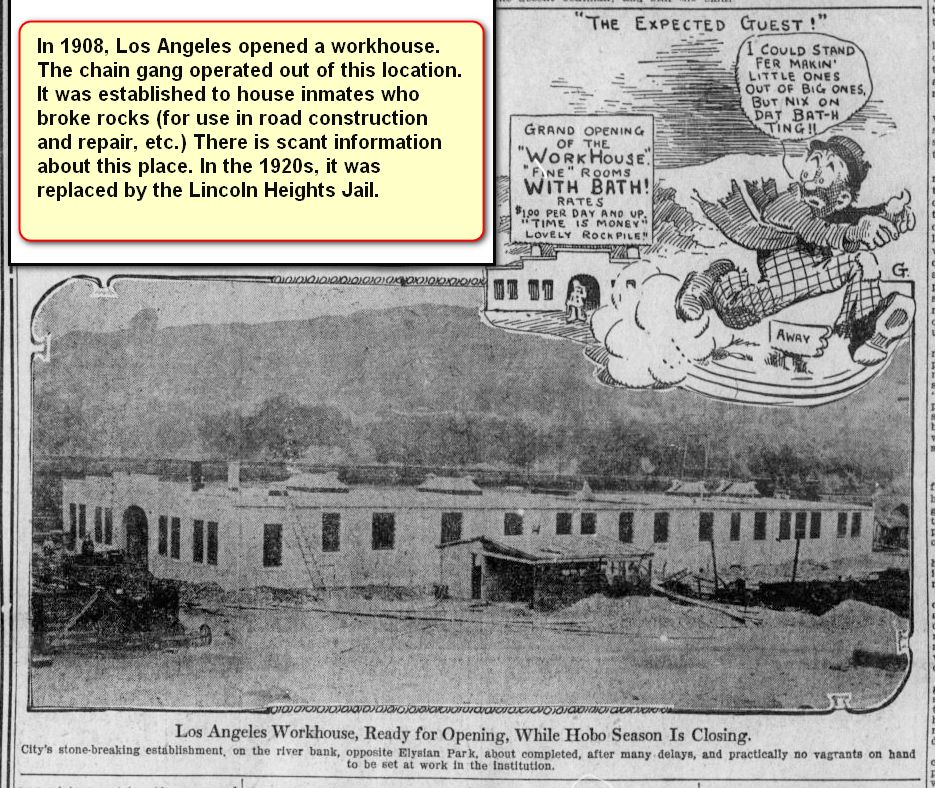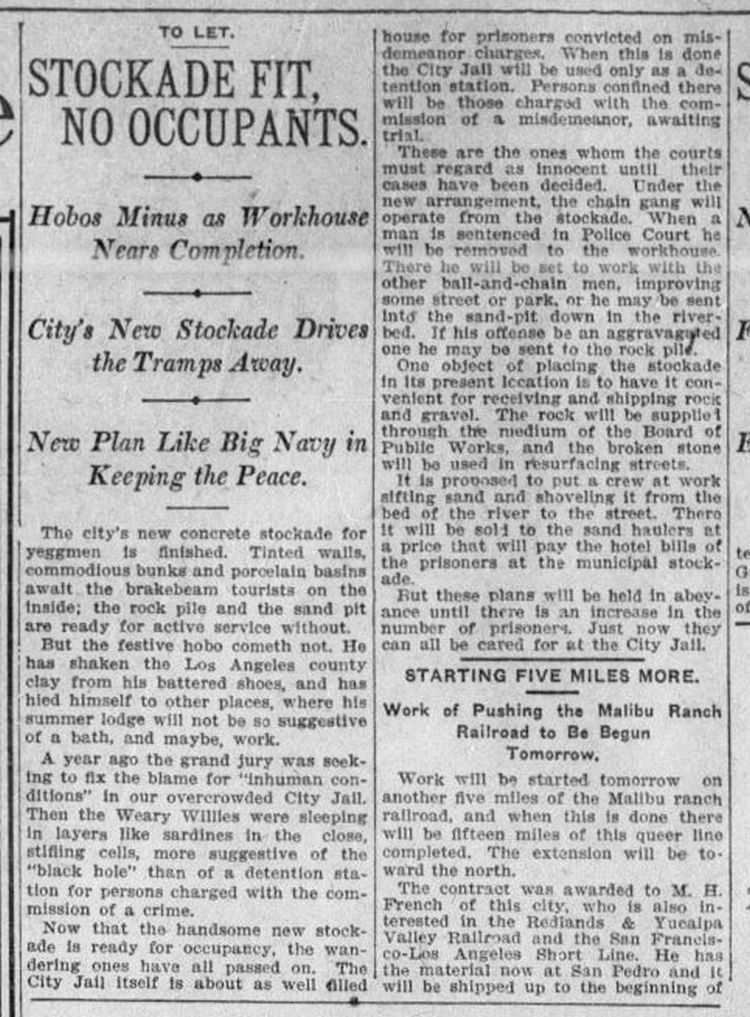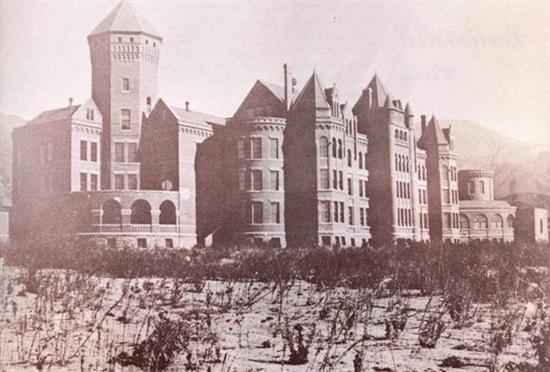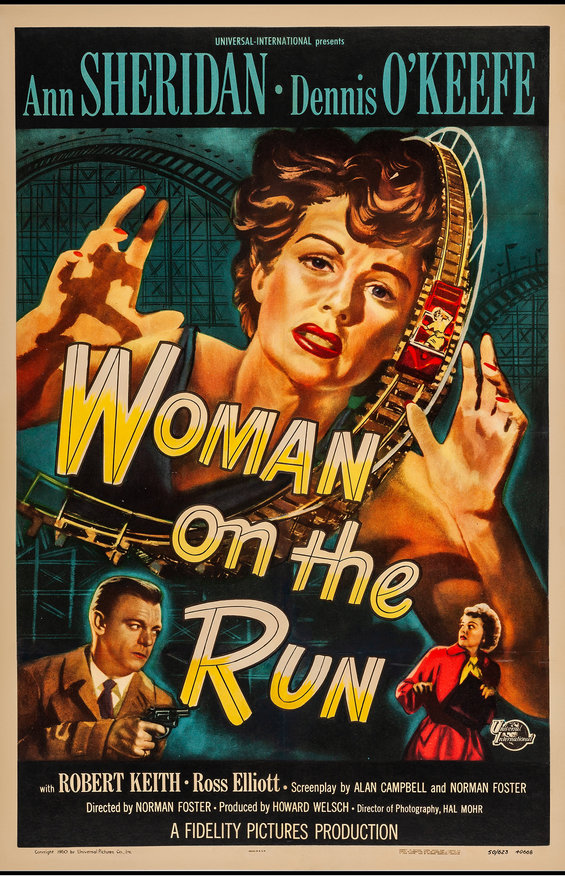LAPD detectives Harry Hansen and Finis Brown headed the investigation into Elizabeth Short’s murder. The case was challenging from the moment they arrived on Norton Street. The lack of physical evidence at the body dump site posed a problem.
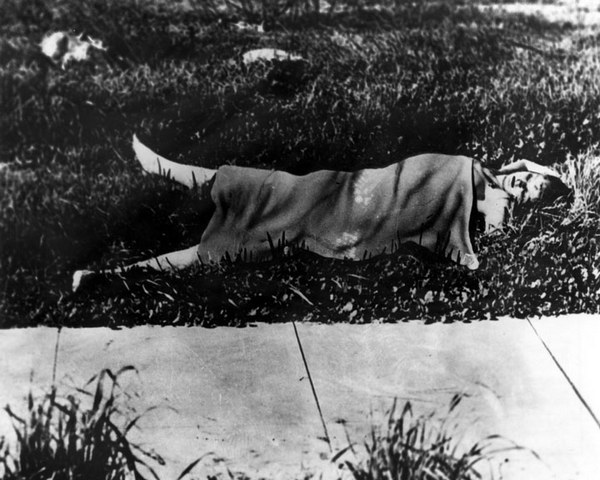
Police officers knocked on doors and interviewed hundreds of citizens to find the place where Beth was murdered, but they were unsuccessful.
The Herald-Express cruelly tricked Beth’s mother, Phoebe, into believing that her much loved daughter was a beauty contest winner, only to be told minutes later that she was a murder victim.
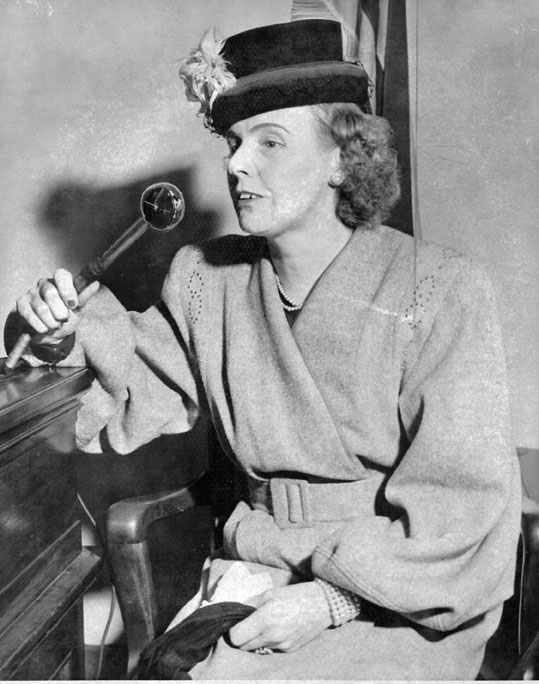
Murder victims lose their right to privacy; every secret revealed. To fill column space while reporters tracked multiple leads, the Herald looked to psychiatrists, Beth’s acquaintances, and even mystery writers, to speculate on the case, which they did with creative abandon.
The Herald sought the opinion of LAPD’s shrink. Dr. Paul De River. He wrote a series of articles for the paper in which he attempted to analyze the mind of the killer. De River wrote the killer was a sadist and suggested that: “during the killing episode, he had an opportunity to pump up effect two sources — from his own sense of power and in overcoming the resistance of another. He was the master, and the victim was the slave”.
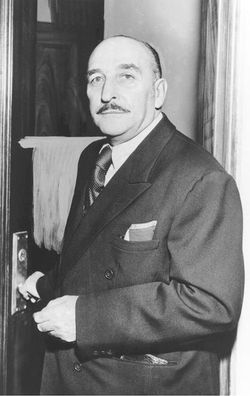
In a chilling statement, De River hinted at necrophilia—he said: “It must also be remembered that sadists of this type have a super-abundance of curiosity and are liable to spend much time with their victims after the spark of life has flickered and died.”
Reporters interviewed people who had only a fleeting acquaintance with Beth. They weighed in on everything from her hopes and dreams to her love life. Beth was, by turns, described as “a man-crazy delinquent”, and a girl with “childlike charm and beauty”. Many people who claimed to be close to her said that she aspired to Hollywood stardom. The claim Beth longed to be a star is a myth, likely based on letters she wrote to her mother. Beth wanted to keep the truth of her life in Southern California from her mother; for instance accepting rides from strangers and moving constantly. No mother wants to hear that, so the Hollywood lie came easily. A believable fiction when you are young and pretty. The interviews yielded nothing of value in the hunt for the killer.
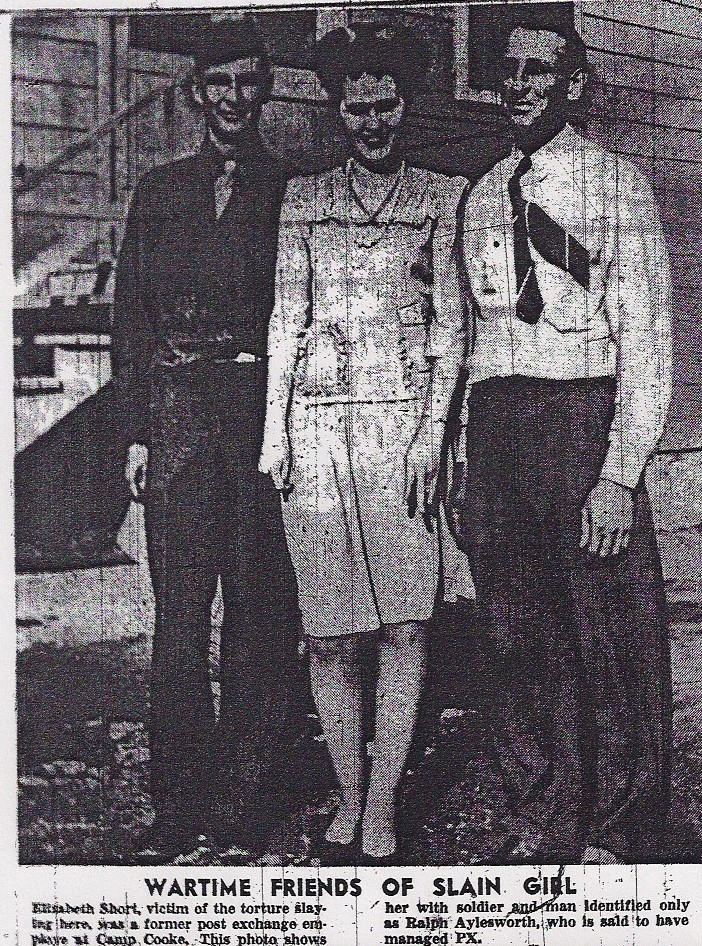
While the experts opined, Aggie canvassed Southern California for leads. She was twelve years into her career with the Herald-Express when the Black Dahlia case broke. In her 1949 autobiography, Newspaperwoman, she said she came across Elizabeth’s nickname when she checked in with Ray Giese, an LAPD homicide detective-lieutenant. According to Aggie, Giese said, “This is something you might like, Agness. I’ve found out they called her the ‘Black Dahlia’ around that drug store where she hung out down in Long Beach.” She immediately dropped the ‘Werewolf’ tag.
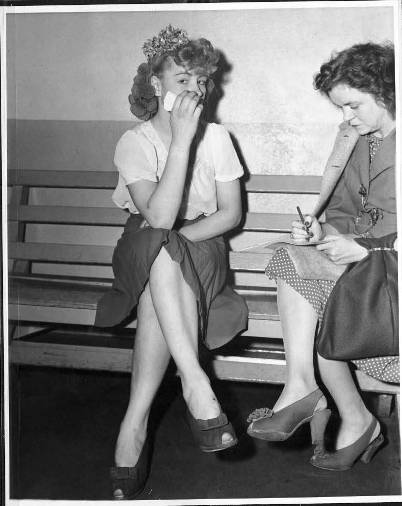
A few days passed and police located the mystery man, Robert M. Manley, known by his nickname, Red. Early on the morning of January 20, 1947, Aggie interviewed the 25-year-old salesman. The first thing she said to him was, “You look as if you’ve been on a drunk.” Manley replied, “This is worse than any I’ve ever been on.”

Aggie told him he was in one hell of a spot and advised him to come clean. Harry S. Fremont, an LAPD homicide detective, looked over at Manley and said, “She’s right, I’ve known this lady for a long time, on lots of big cases, and I can tell you she won’t do you wrong.”
Manley told his story, and Aggie was smart enough not to interrupt him. Red said he picked Beth up on a San Diego street corner early in December. He confessed that the night he spent with Beth in a roadside motel was strictly platonic and concluded with, “I’ll never pick up another dame as long as I live.”
The story ran in the Herald with the headline: “Night In a Motel”, and Aggie got the byline. She was the only Los Angeles reporter to get a byline in the case.
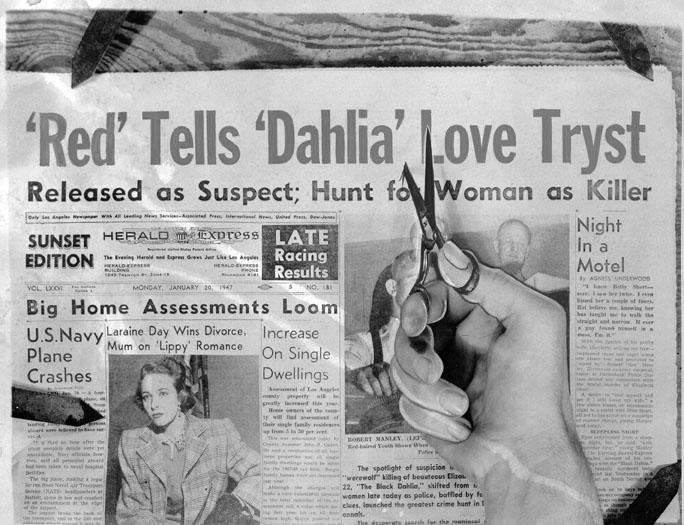
The morning following her interview with Red Manley, her editor yanked Aggie off of the case. She said, “… the city editor benched me and let me sit in the local room without a blessed thing to do.”
The no-assignment routine resumed the next day. Aggie said she sat for about three hours, then started on an embroidery project. Every person who saw Aggie with her embroidery hoop roared with laughter. She kept at it until quitting time.
Day three—Aggie prepared for more embroidery when the assistant city editor that told her that because of an overnight decision, she was to go back to LAPD homicide and continue working leads.
Aggie barely had time to pull out her notebook out of her handbag before management pulled her off the case again. This time, permanently. Aggie’s new assignment—city editor. Nobody was more shocked than Aggie. She deserved the promotion. With 20 years in the newspaper business, she possessed the necessary skill set to be an effective editor. She became one of the first women in the United States to hold a city editorship on a major metropolitan daily. She enjoyed running the editor’s desk, and did a phenomenal job, but she confessed she missed being in the field chasing a story.
One of the conspiracy theories that surrounds Beth’s murder involves Aggie. Some believe she got too close to a solution in the murder, and the killer(s) arranged to have her promoted out of the way. That means whoever murdered Beth had enough juice with the Herald to influence personnel decisions. I think that is nonsense. The paper’s owner, William Randolph Hearst, had no reason to tamper with Aggie’s successful coverage. Additionally, as city editor, Aggie handed out assignments and directed the activities of all the reporters in the newsroom. She knew everything they uncovered. The timing of Aggie’s promotion is a sidebar, not a conspiracy.
NEXT TIME: The Black Dahlia case goes cold — or does it?


